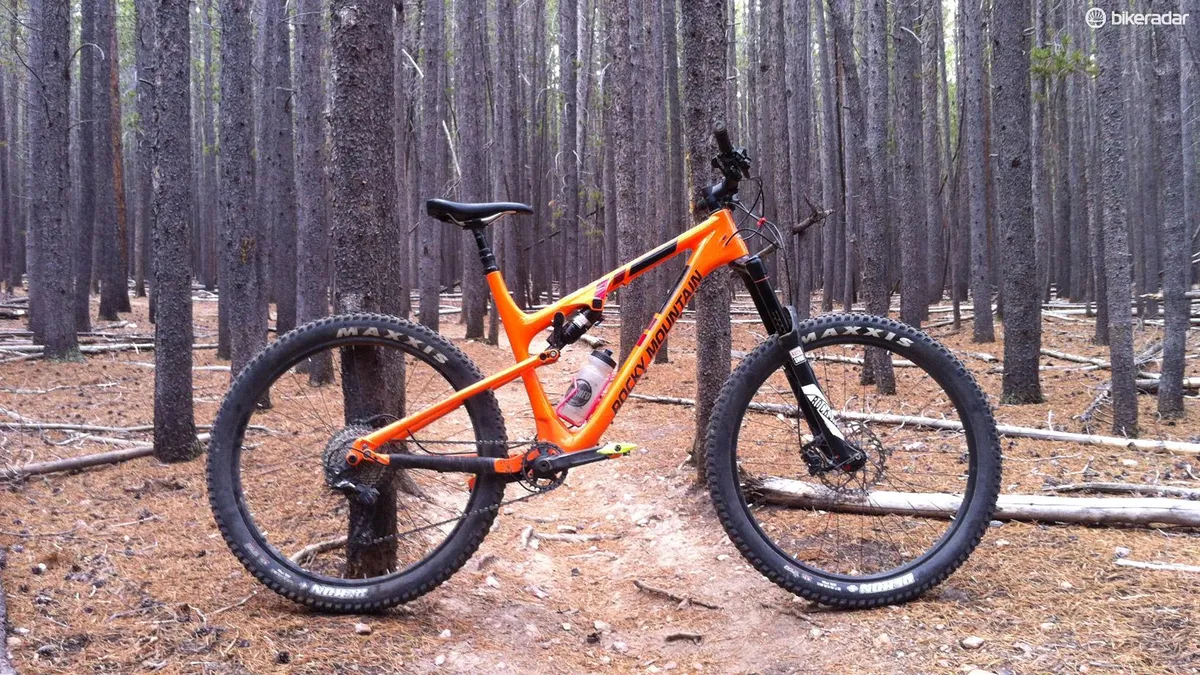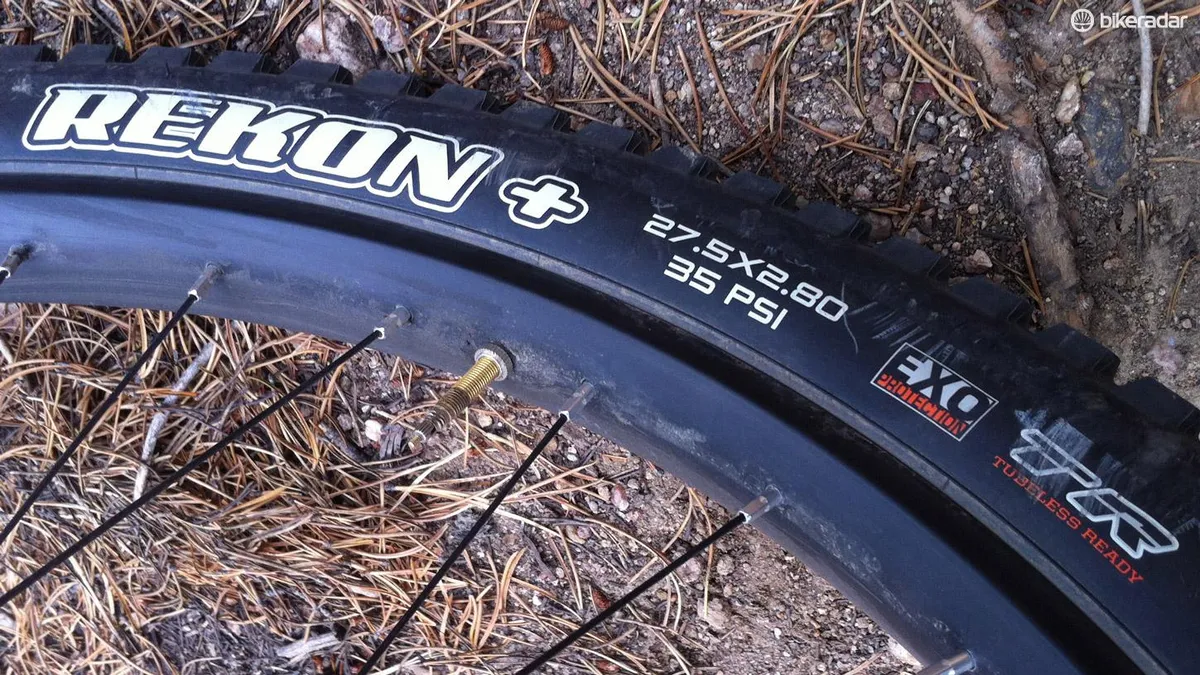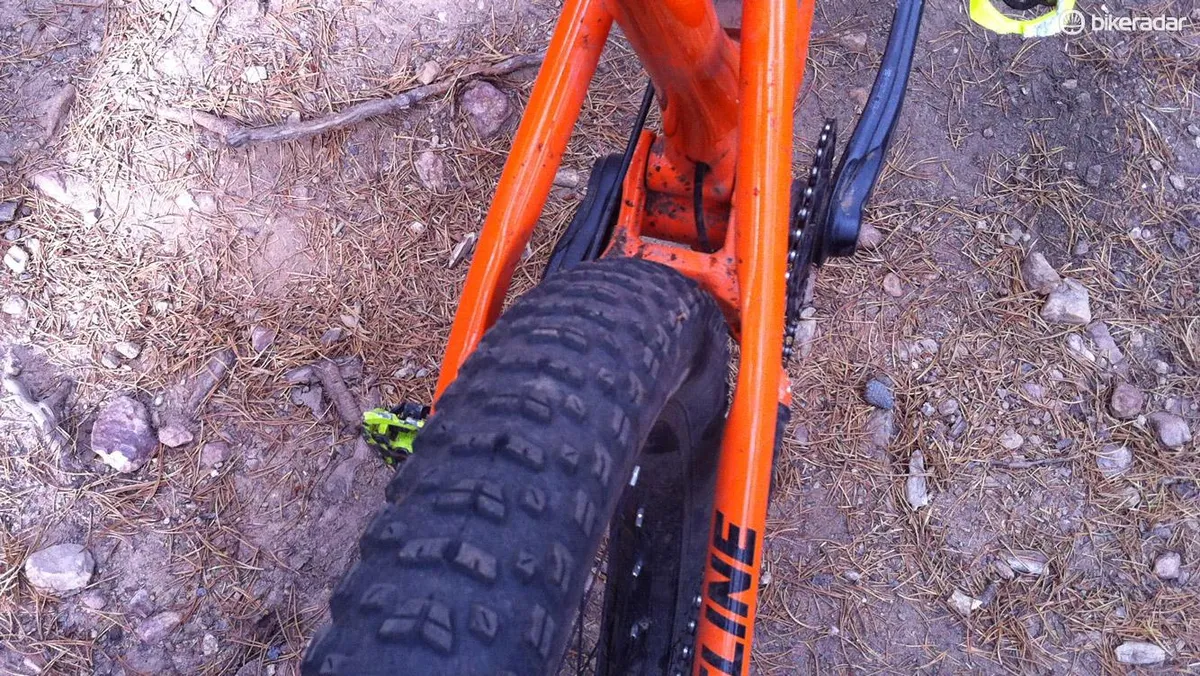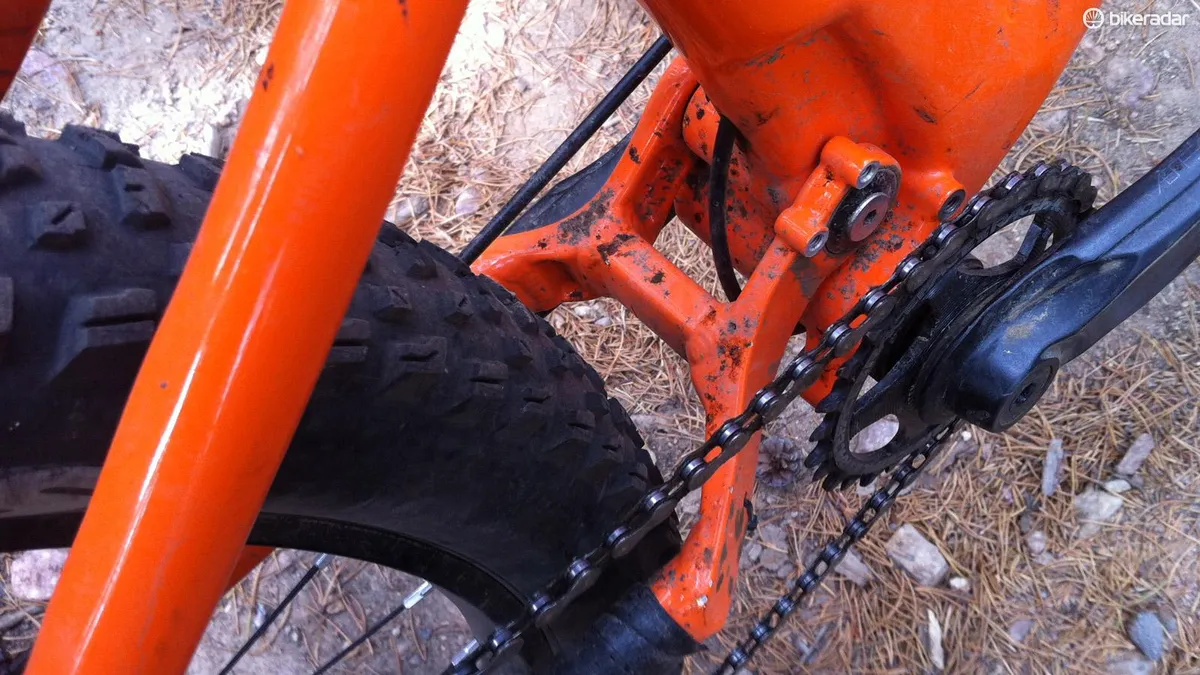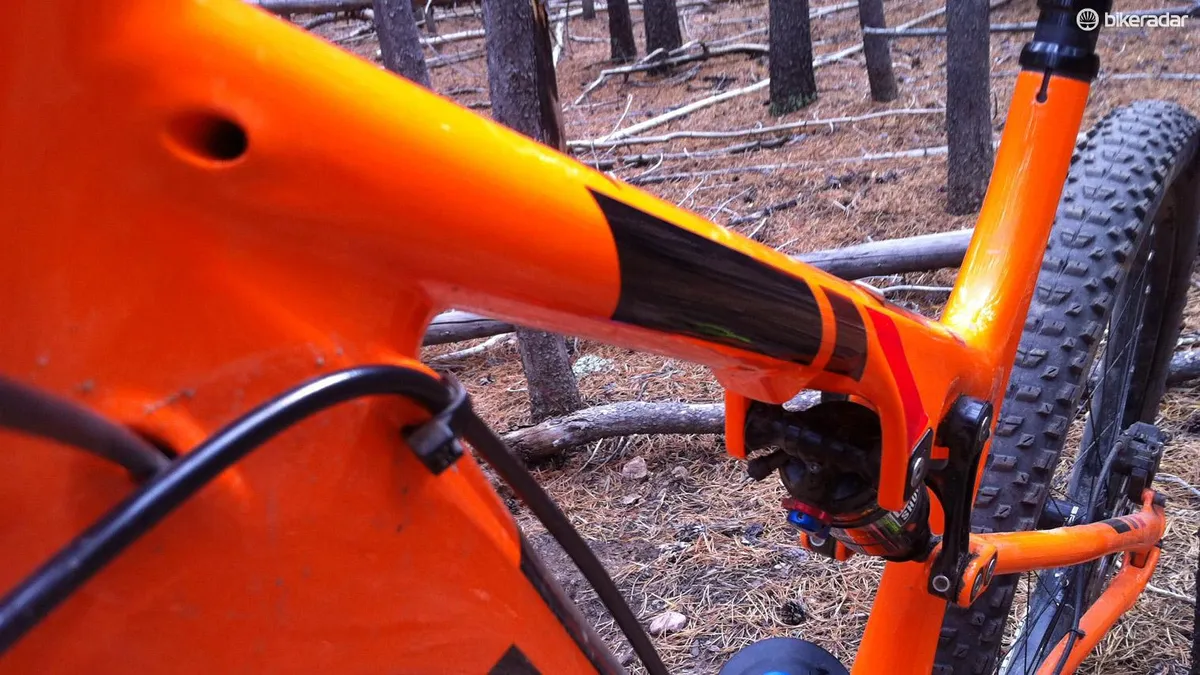If you've been into mountain bikes for a while, Rocky Mountain's Pipeline probably rings a bell. The original Pipeline ushered in the freeride movement under Rocky Mountain's unheard-of-at-the-time, factory-sponsored, non-racing Froriders team. The Pipeline is often credited as one of the first bikes that truly allowed riding up, then getting seriously nutty on the way down.
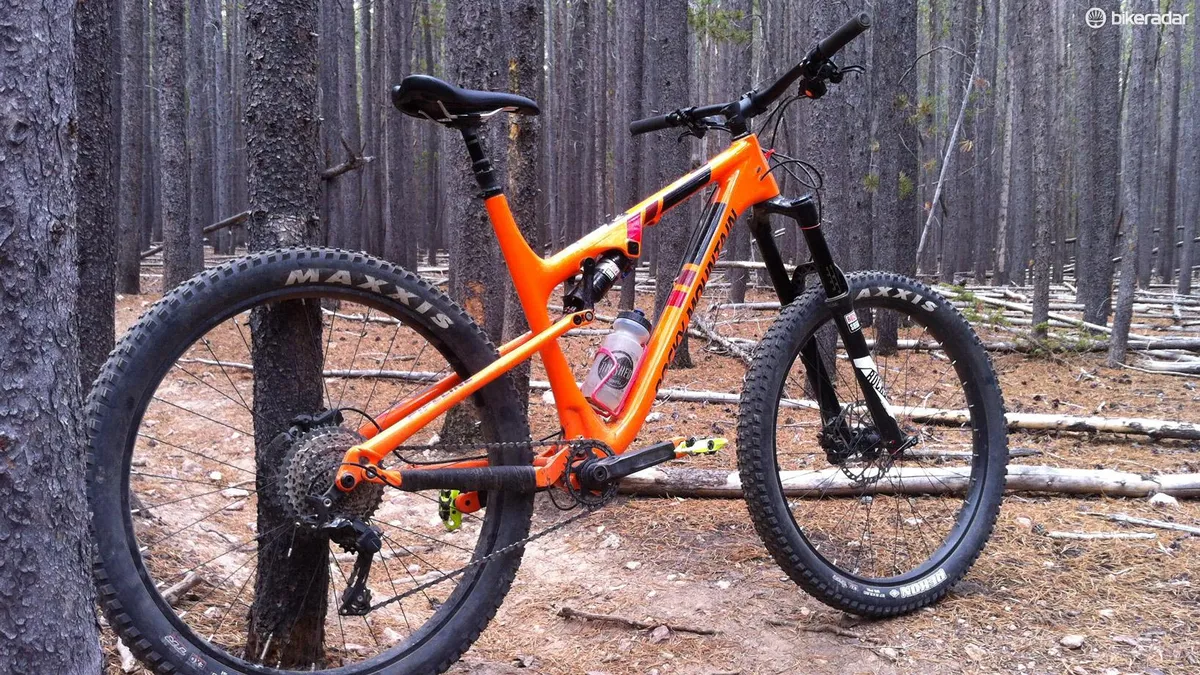
The new Pipeline slots into the new 27.5+ category. It's a niche that's still trying to figure some things out, like tire width, for example. WTB got the game rolling with 3.0in rubber, but then Schwalbe and Maxxis got going with 2.8in meats, and recently 2.6in is becoming a thing.
That seems to the hallmark of 27.5+ bikes, the fact that they're not purpose-built for a certain micro-niche of riding, but are excellent at mountain biking, plain old, out on the trails, goofing around mountain biking.
Rocky Mountain Pipeline spec overview
- Smoothwall carbon main frame with alloy rear, 130mm travel
- SmoothLink rear suspension
- Ride-9 adjustable geometry and shock progression system
- BC2 pivots
- RockShox Yari RC, 150mm
- RockShox Monarch RT Debonair
- Shimano XT shifter/rear derailleur
- Race Face Aeffect SL Cinch cranks, 28t
- Alex XM35 rims w/ Maxxis Rekon EXO 27.5 x 2.8in tires
- RockShox Reverb Stealth dropper post, 170mm
Rocky Mountain Pipeline frame and equipment
First things first, the carbon Pipeline bucks the ultra long front center trend. The XL size I rode has a 620mm top tube, which falls as a size Large for most companies. The short feeling front end is compounded by a very steep seat angle, ranging from 73.7 - 75.5, depending on where the Ride-9 adjustment is set.
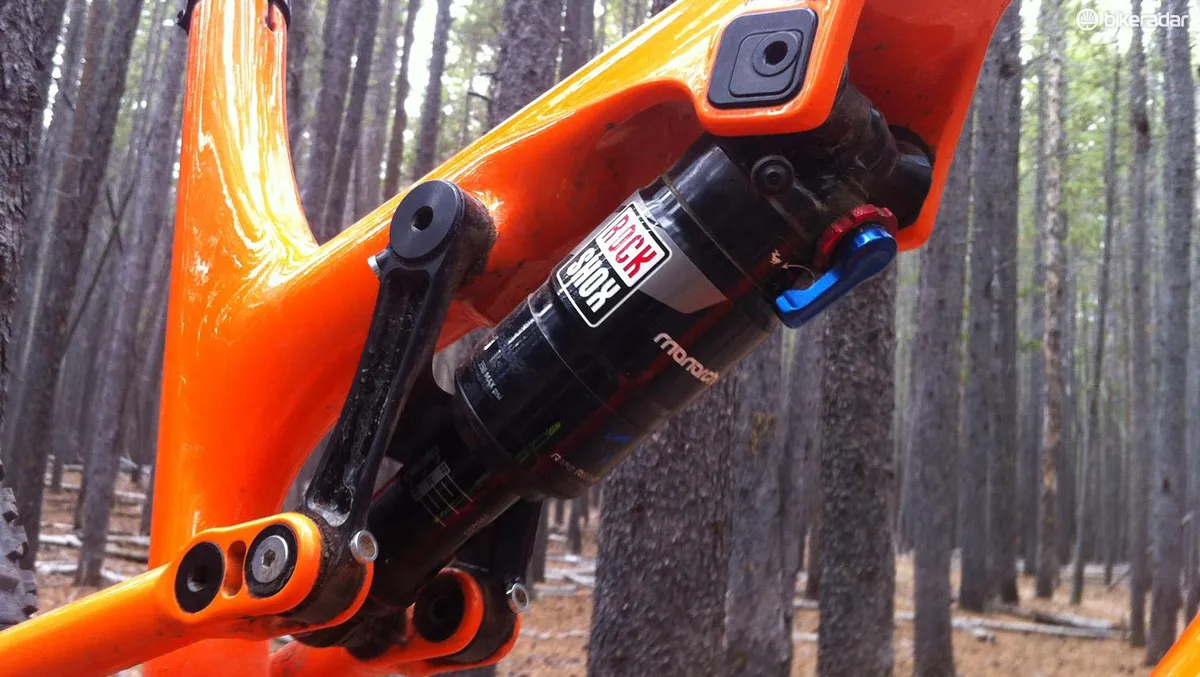
Mitigating plus-size tire bounciness while preventing sidewall squirm is the crux that befalls big tires. A single psi makes a big difference. I've been experimenting with psi, talking with other riders, and bugging demo fleet mechanics to learn what works. With that in mind, I started the tire pressures at 17psi front and 18psi rear, and bled some out on subsequent rides.
Dialing in the rear suspension proved to be a bit tricky as the shock required 30psi over rider weight and the rebound had to be slowed a bit to counteract the undamped bounciness of the 2.8in Rekon rubber. On the front end, it's funny that the Yari fork feels a bit off the mark nowadays. It doesn't seem like that long ago that a plush 150mm in a stiff single crown package would have been heaven sent, but with today's ultra high-end dampers, it was noticeable the Yari didn't have the controlled stroke of a Pike or a 36.
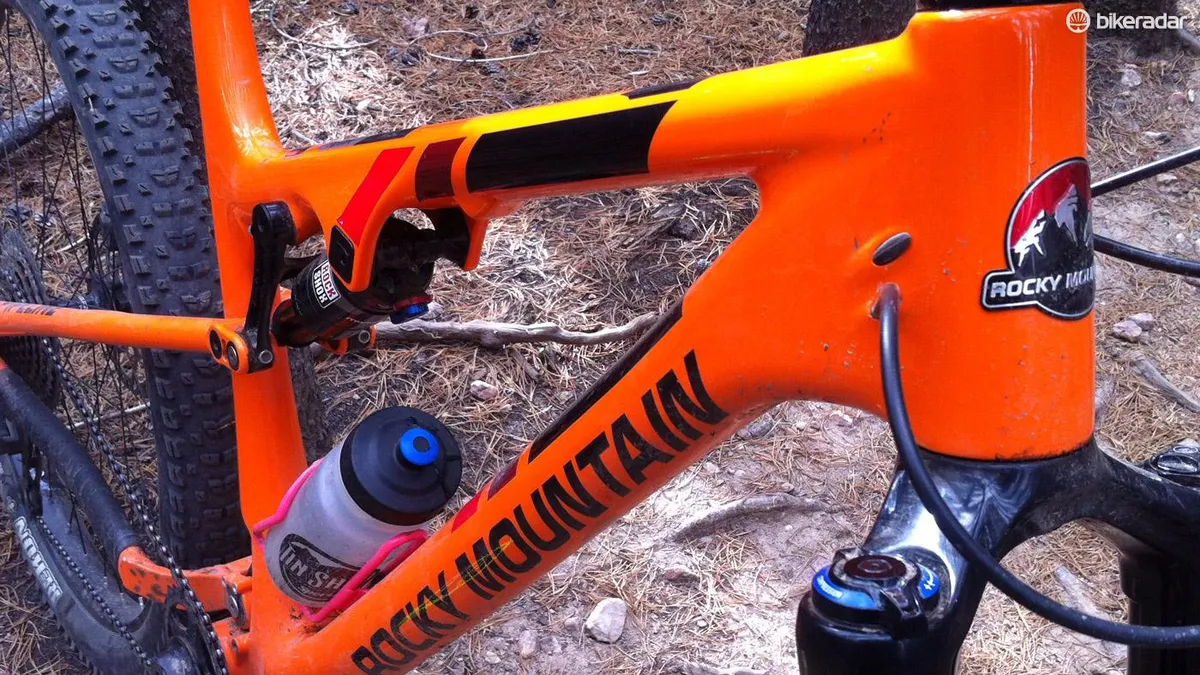
Rocky Mountain Pipeline ride impression
I've gotten a couple rides on the new Pipeline so far. The first was after a pretty heavy rainfall, and as they say around these parts, "surf's up!" or "brown pow day!" Whether or not you can relate to the fickle timing of Mother Nature-controlled sports, the effect is the same. If it rains a bunch overnight, you cancel or skip whatever you have planned and go out and shred the glorious, tacky conditions. So I did. It was ride #1 on the Pipeline. And what a ride it was!
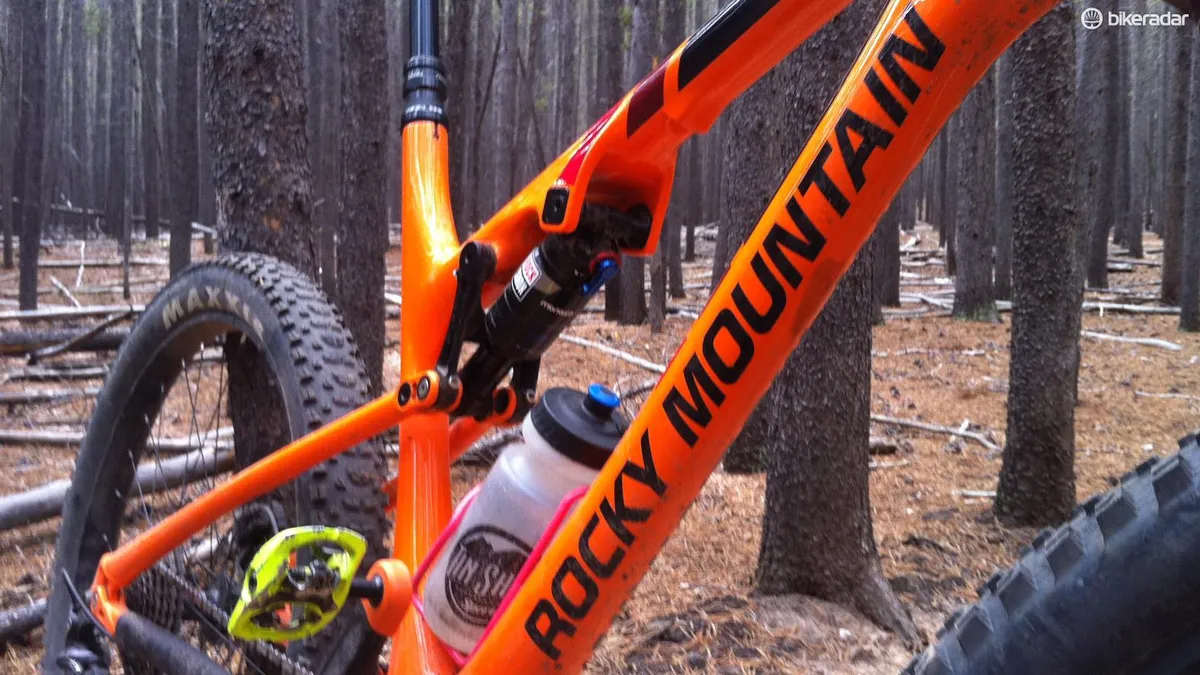
Out on very familiar trails things got out of hand quickly. And by out of hand I mean I had to force my brain to take control over my heart and reel the speed in. I was simply flying down the trail, slashing apexes, lofting into chunky rock gardens, and riding like a hooligan. On a bike I didn't know really at all. Yes, the trails were primo, but the bike was brand new to me, I had to slow it down.
But that speaks to how good the Pipeline feels. The rear Smoothlink suspension action gobbled up the hits without fuss, tracked well and responded decently when I got on the gas. Sure there was some rear end bob when cranking hard, but overall between the low-pressure plus tires and the 130mm rear action, the ride goaded me to let loose and get wild. The front end felt stiff, going where I pointed it without twisting. Shifting from the XT bits was brilliant as usual, and the 170mm Reverb Stealth dropper post made me love dropper posts even more.
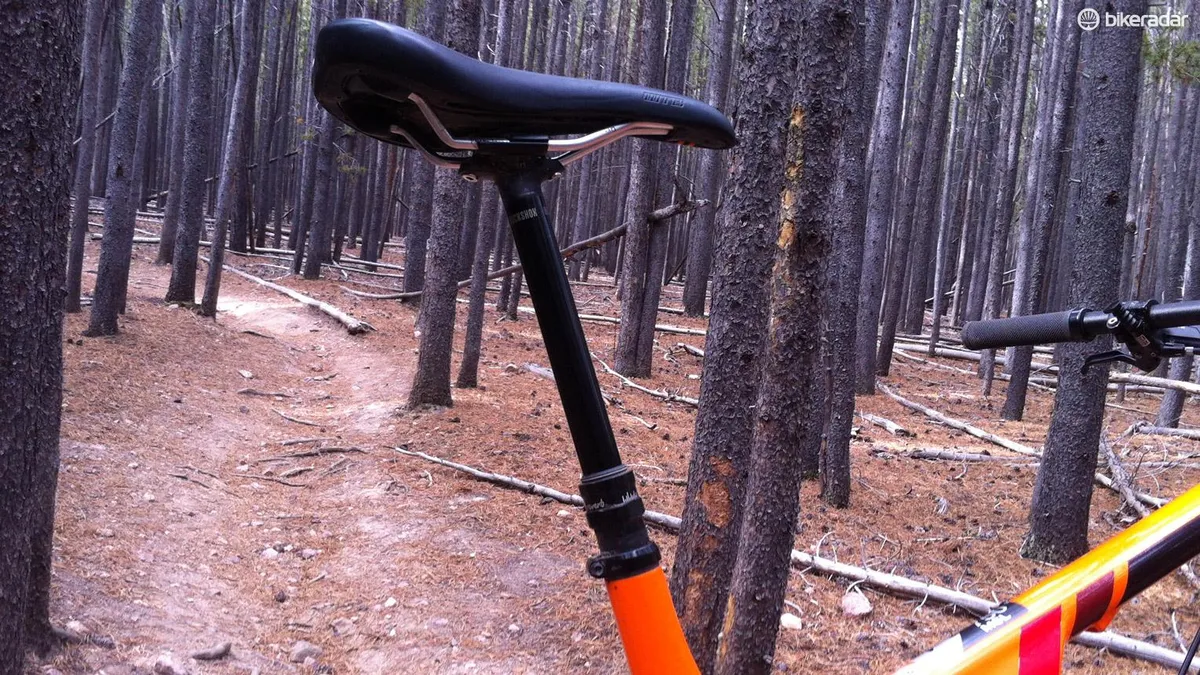
The fact that the Pipeline was that confidence-inspiring, that easy to adjust to, honestly blew my mind a bit. Subsequent rides were a lot less crazy, but the capability of the Pipeline continued to impress me. That seems to the hallmark of 27.5+ bikes, the fact that they're not purpose-built for a certain micro-niche of riding, but are excellent at plain old, out on the trails, goofing around mountain biking.
Rocky Mountain Pipeline 750 MSL price
The Rocky Mountain Pipeline 750 MSL price is US$3,999. AUD$5,999, UK pricing not available.
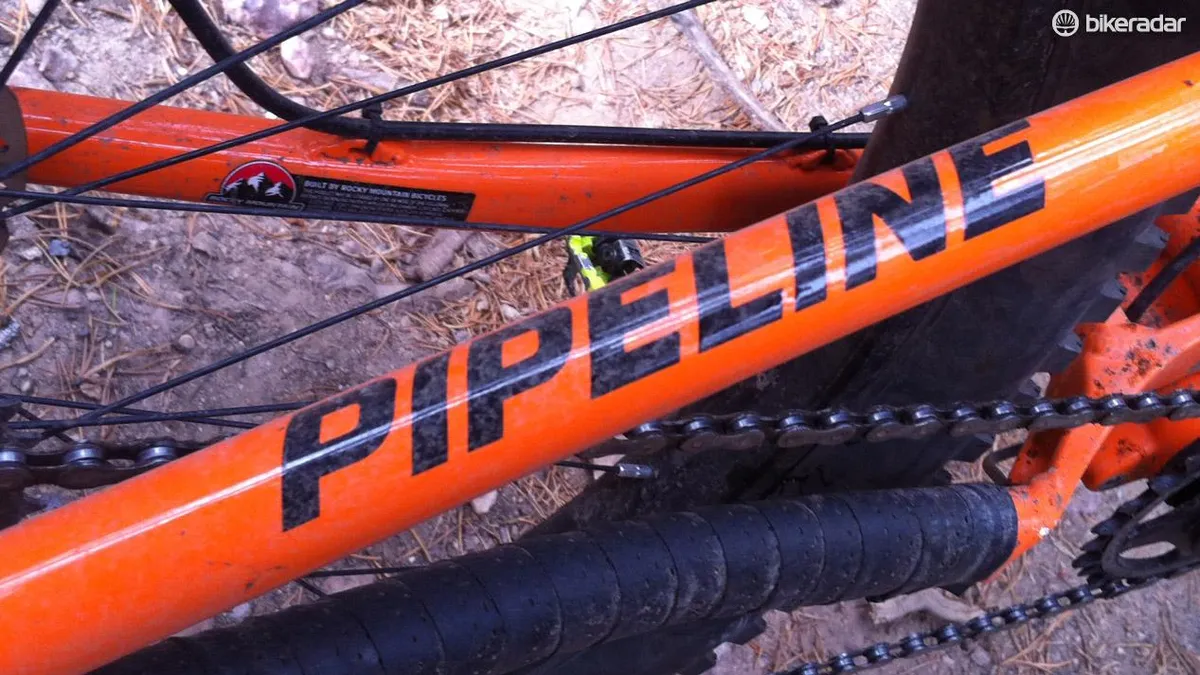
Rocky Mountain Pipeline 750 MSL vs. the competition
The Pipeline 750 MSL sits in with some stout competition from all the major players. Direct contenders include the Intense ACV, Santa Cruz Hightower, Pivot Switchblade, Specialized Stumpjumper 6Fattie, and Yeti SB5+. All feature 120mm or more front and rear travel, slack angles and progressive designs, and all of them are exciting machines for average riders who don't want an XC whip or enduro sled, but rather something that's capable and confidence-inspiring everywhere.
